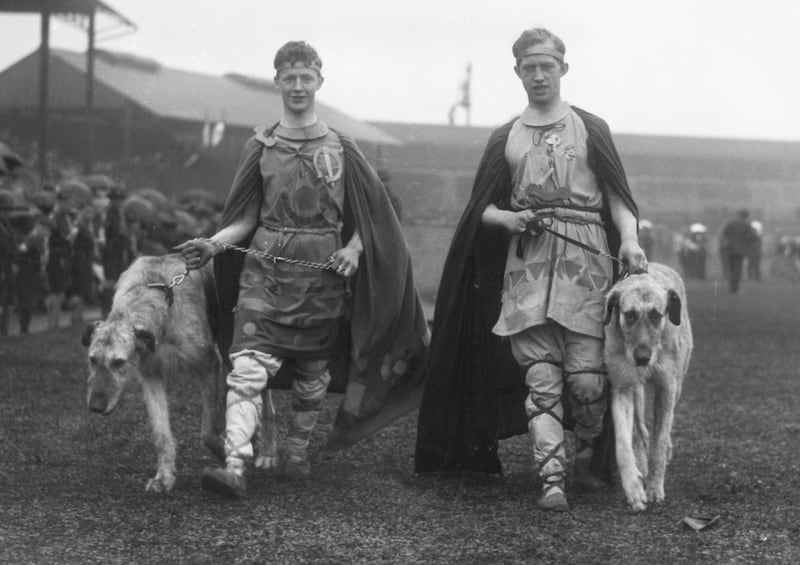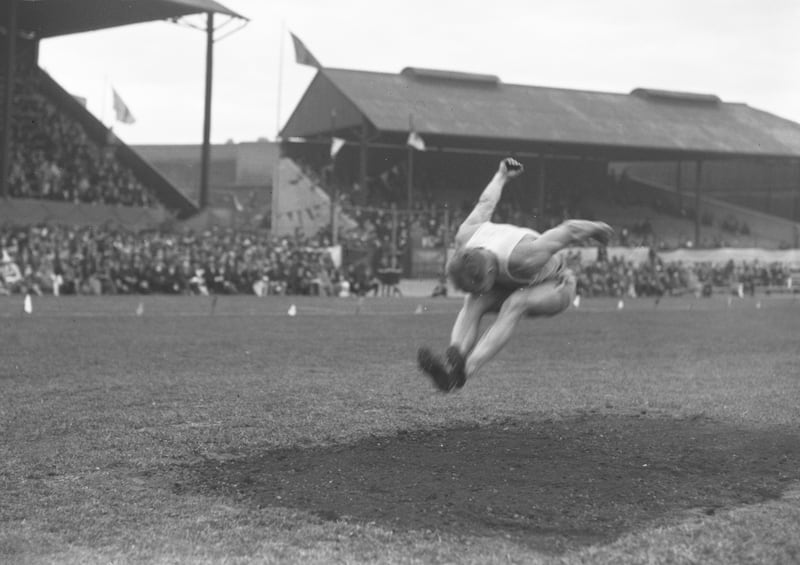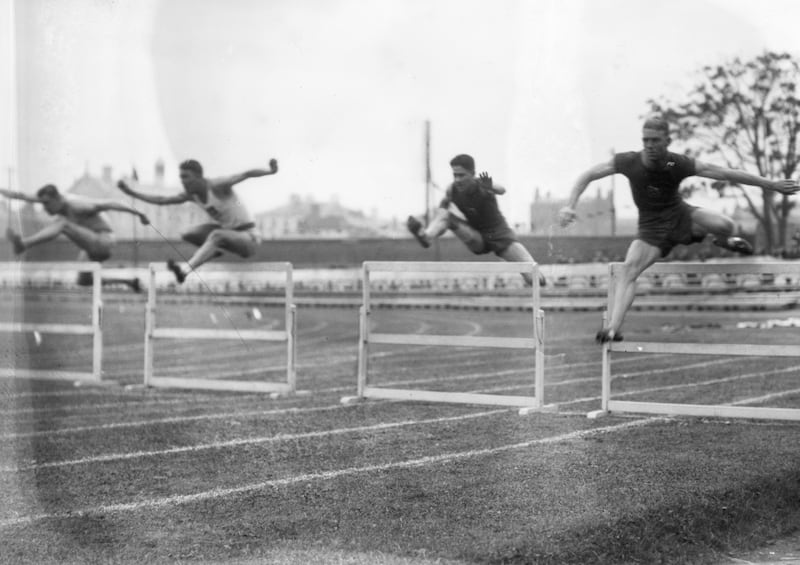Almost 100 years ago – in 1924 – the biggest sporting event organised across the world that year was staged in Ireland. That event – the Tailteann Games – was bigger even than that year’s Paris Olympic Games.
This extraordinary sporting and cultural event saw more than 5,000 competitors compete in a remarkable range of events.
According to nationalist legend, the Tailteann Games had been first established in 632 BC beside the Hill of Tara. In a decisive demonstration of the negative cultural impact of colonisation, the last record of the games was put at 1168 AD – just before the English invasion of 1169.
The message sent by staging a revival in 1924 was intended as a clear one: the Irish had survived almost eight centuries of colonisation and so had their unique culture. The Irish nation, now reborn in an independent state, would show the world that it was free.
The Games consisted of a full athletics programme and all the games of the GAA, as well as swimming, golf, tennis, horse racing, boxing, billiards and the modern spectacles of car and aeroplane races. There was also a series of cultural events centred on poetry, music, dancing and storytelling.

The president of the Irish Free State, WT Cosgrave, was clear in his motivation for staging the Games, despite the new state’s perilous financial position: “The purpose of the promoters of the Tailteann Games is to give a new impulse to this necessary and valuable form of national life, and to remind the Irish people, as Thomas Davis sought to remind them, that there is more, much more, in the life of a nation than politics and economics.”
From mid-July 1924 Dublin was buzzing with anticipation of the games. Military bands played open-air concerts; drama and opera filled the nights. The presence of Count John McCormack, the great Irish tenor, added to the excitement. Overall, an atmosphere of carnival prevailed as hotels and railway companies made elaborate arrangements to cope with the expected influx of visitors.
The streets of Dublin were decorated with banners, posters and decorative lights, fresh trees were planted in small green tubs, and flower-baskets were hung from lamp-posts. The Tricolour and the colours of the other competing nations were flown across the city.
For 16 days in August, The New York Times and The Times of London ran daily reports on the games, while Pathé newsreels of the sporting events played in cinemas all over the world. It was the high-profile sporting events that enthralled the public. An Irish team was entered and competed against teams drawn from states all around to the world to which Irish people had emigrated. Competitors were supposed to be of Irish birth or have an Irish heritage.

The other teams who took part represented Wales, England, Scotland, Australia, New Zealand, Canada and the United States.
In a late twist, the organisers wisely sprinkled some international stars through the competition – these stars did not have Irish heritage but they added huge lustre to the competition.
In all, 23 medal winners from the Paris Olympics came and competed at the games. Among these stars was the American Johnny Weismuller – who went on to become the famous Tarzan actor – in swimming. The fact that the swimming competition was staged in the pond of the Zoo in Phoenix Park is probably the most delicious story to emerge from the games.
It was not traditional Irish sports but modern mechanised sports – motorcycle, speedboat and aeroplane races – that attracted huge spectator numbers, attracting people fascinated by the speed and danger on view. More than 40,000 came to watch motorcycling on a 4.5-mile circuit in the Phoenix Park, starting at the Wellington Monument. Big favourites with the crowds were the northern competitors, JW Shaw of Belfast, J Craig of Ballymena and the great Stanley Woods.
A novel feature was an air race between pilots from the new Irish Free State Army Air Corps. The longest was held over 20 miles from the park, with the Clondalkin chimney, the Hell Fire Club and the Wellington Monument as the turning points. Planes reached speeds of up to 140mph, though the day was clouded by a minor crash when an Avro plane was caught by a sudden gust of wind when landing and thrown across the grass into another aircraft, smashing a propeller and damaging a wing.
Thrillingly, the Air Corps also staged a mock battle. A pile of timber had been rebuilt to resemble a fortress in a corner of Phoenix Park; it was to be defended by several fighters and anti-aircraft guns from two bombers attempting to land mock bombs on it made from plaster of Paris. The ammunition of the defenders was made so as to ensure a loud crackling sound as it exploded.

The crowds, especially those who had travelled from rural areas to metropolitan Dublin, were fascinated by the speed and danger offered by such events, sports which suggested American and European glamour and high-tech invention rather than Irish parochialism.
By the end of the games, an estimated 250,000 people had attended events. Large crowds turned up to the athletics, cycling and Gaelic games at Croke Park. The golf competition for men was held at Dollymount and for the ladies at Hermitage in Lucan; the tennis competition was held at the Fitzwilliam Club, Wilton Place; the clay bird shooting took place at the Leopardstown racecourse; the bowling competition took place at Kenilworth Bowling Green. Finally, there were three chess tournaments, the most important of which was won by Lord Dunsany; the myth was still being peddled that the Irish had invented chess.
Ultimately, the 1924 staging of the Tailteann Games was a remarkable achievement. It brought the Irish Free State to international media attention and stands also as testimony to the role that sport can play in building allegiances and promoting national pride and identity in a new state.
Could such games be held in 2024? The realities of the sporting world in a new millennium are that the cost of putting on such an event would be prohibitive. From the construction of adequate sporting facilities to the cost of attracting leading athletes, the funding necessary for mega-events is now generally the preserve of cities and states with a much greater population than Ireland.
But that does not mean that the country cannot stage an event that would celebrate the country’s sporting heritage. The scale of volunteerism that drove the staging the Special Olympics is evidence of what can be achieved.
Perhaps a mass-participation National Day of Sport in 2024 might see events staged in local areas to mark the centenary of the Tailteann Games?
Paul Rouse is professor of history at University College Dublin.














